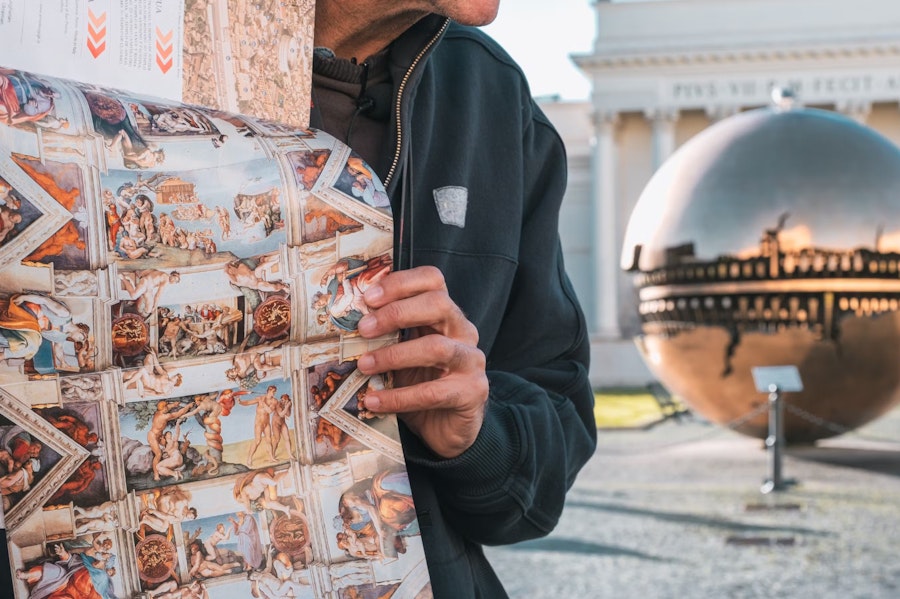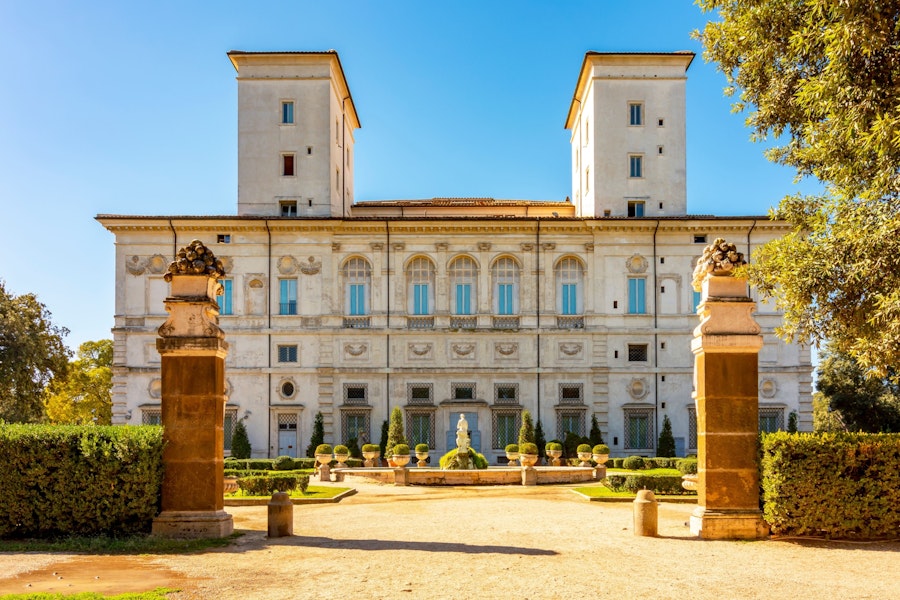Tour of the Basilicas of St. Clement and the Four Crowned Saints
About this activity





Experience Highlights
Discover Rome's religious architectural wonders on this approximately three-hour tour of the Basilicas of San Clemente and the Four Crowned Saints.
Experience a journey back in time to the 1st, 4th and 12th centuries in small groups of around 13 people, as you explore these two temples of ancient Rome filled with Baroque frescoes and medieval details that faithfully reflect their history.
- Visit the Basilicas of San Clemente and the Four Crowned Saints
- Learn about the history of both religious temples with an expert guide.
- See Baroque frescoes from the 1st, 4th and 12th centuries.
What’s included
- Visit to the Basilica of San Clemente
- Visit to the Basilica of the Four Crowned Saints
- History expert guide
- Experience in small groups
Step by Step
Relive the religious history of ancient Rome by visiting the Basilicas of San Clemente and the Four Crowned Saints, on the Via Labicana in the 'eternal city', very close to the Colosseum.
A professional guide will reveal all the historical and scientific details of both religious temples, two of the most long-lived and legendary in the Italian capital, which you can access with personalised attention in small groups of around 13 people. Tickets are not included in this booking, but you will be able to buy them with the help of your guide on the day of the visit, so don't worry about it.
You will be able to explore the Basilica of San Clemente, a church with three amazing levels, each built in a different century.
The upper one, from the medieval period, features a 12th-century atrium and a beautiful mosaic covering the inner area of the apse.
One level below is the second religious structure, dating from the 4th century, with medieval frescoes alluding to San Clemente. The third level corresponds to a 1st-century temple of worship, where the god Mithras was worshipped.
Passing through the Basilica of the Four Crowned Saints, you will discover the legend of Severus, Severinus, Carpophorus and Victorinus, the martyrs after whom the church is named.
Inside, frescoes from the Middle Ages and Gothic style are a delight of art and history for you to contemplate.









